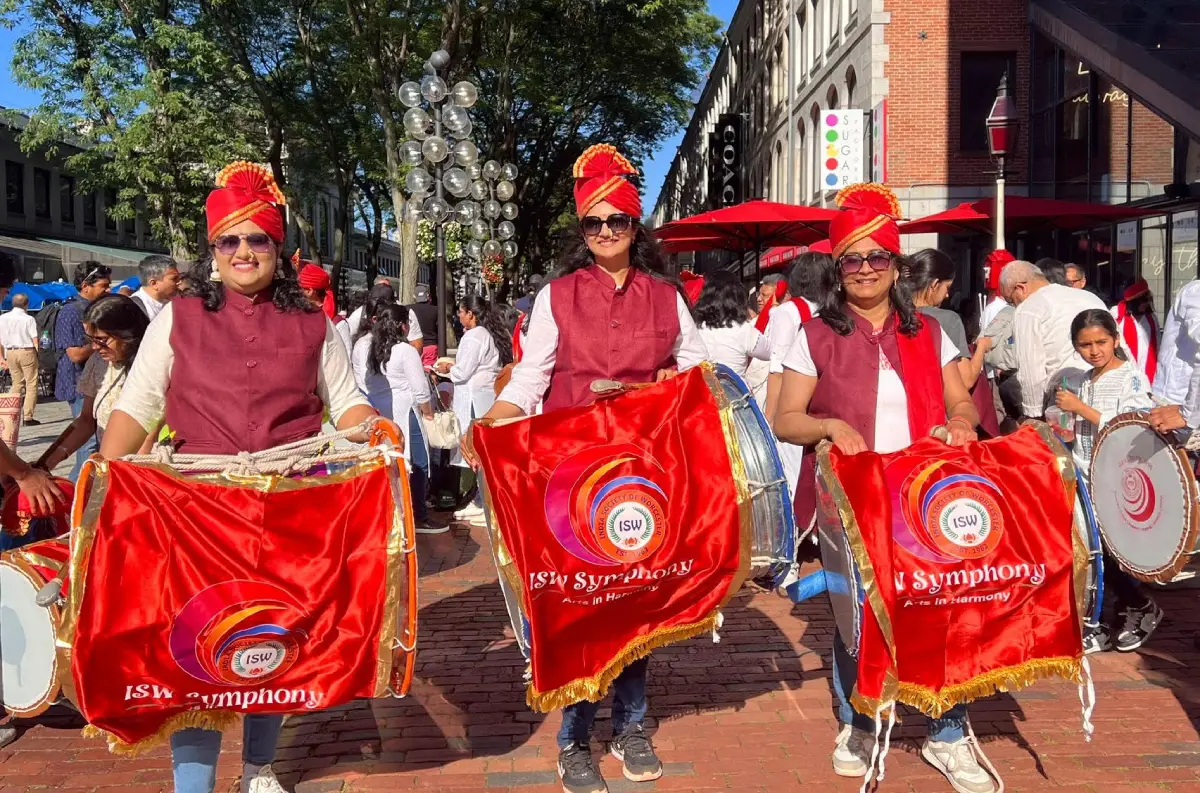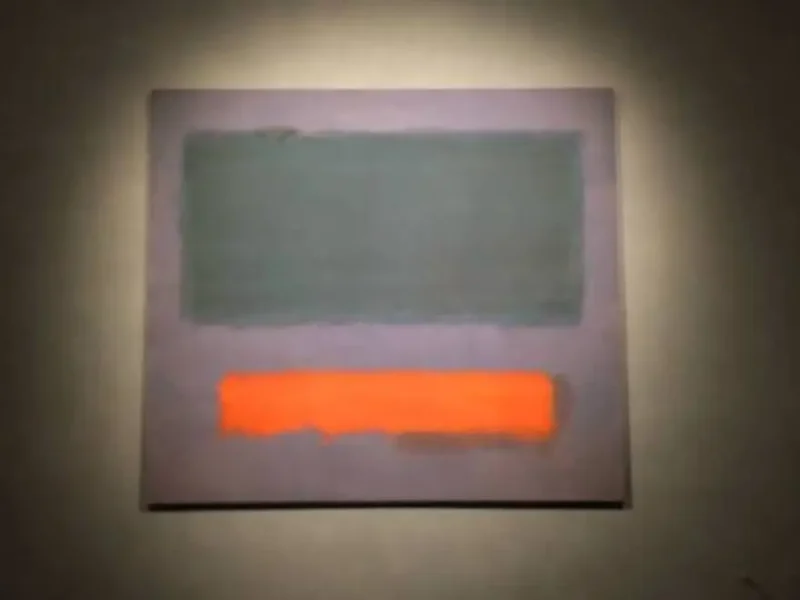
From Coast to Coast In The US: Dhol Tasha Groups On The Rise
India-West Staff Reporter
BOSTON, MA – In recent years, the rhythmic beats of Dhol Tasha have traveled from Maharashtra to the United States, finding a new home in American cities. This traditional art form, once rooted in Indian festivals and celebrations, is now making its mark in places like Boston and Baltimore, thanks to passionate groups dedicated to keeping the tradition alive.
One standout example in New England is the ISW Symphony Dhol Tasha Lezim group. Founded just three years ago by volunteers from the India Society of Worcester, the group has quickly grown to over 65 members. Their performances, a staple at local events, have been showcased at venues like Faneuil Marketplace, the Hatch Memorial Shell, and the Worcester Art Museum. With 25 performances under their belt, they’ve become a cultural force, bringing people together through the powerful sound of Dhol Tasha.

What sets the ISW group apart is their inclusive approach. They mix traditional Maharashtrian rhythms with beats from other regions of India, including Punjab and Gujarat. This blend not only honors the group’s cultural roots but also resonates with the diverse community they represent—men, women, children, and seniors, all coming together to create something special.
Arvind Kinhikar, a founding member, captures the group’s passion with the phrase: “There’s only one high—Dhol Tasha!” For ISW volunteer Ranjit Mulay, playing Dhol is a deeply personal experience. “When I play my Dhol to the beats of Tasha, I’m transported back to my childhood at Mumbai’s grand Ganesh Utsav, completely immersed in the moment and relishing every beat,” he shares.
Beyond performances, the ISW group collaborates with other cultural ensembles, like the Chenda Melam group from Kerala and the ISW Vocal Ensemble.
In Maryland, the Avartan Dhol Tasha Barchi Dhwaj pathak has similarly become a beacon for the art form. Established in 2021 by members of the Baltimore Marathi Mandal, Avartan has grown from a small group of eight to 40 enthusiastic performers. Their traditional Pune-inspired approach, combined with a flair for innovation, makes their performances a dynamic cultural experience.
For Avartan volunteer Ruddhi Wadadekar, these performances are a nostalgic journey. “Avartan’s Dhol Tasha performances in Maryland bring back fond memories of my school days at Jnana Prabodhini. Reliving that nostalgia here is truly special,” she says.
Avartan’s recent appearance at the India Day Parade in New York City was a significant moment for the group, exposing their vibrant style to a larger audience. With the upcoming Ganesh festival, Avartan is gearing up for three major events where the beats of Dhol Tasha will once again take center stage, accompanied by the festive chants of “Ganpati Bappa Morya!”
The rise of Dhol Tasha isn’t limited to Boston and Baltimore. Across the U.S., in cities like Redmond, Dallas, New Jersey, and Albany, new Dhol Tasha groups are forming, each bringing their unique spin to this traditional art. These groups share a common goal: to connect communities through the unifying rhythm of Dhol Tasha.
Rajesh Khare, an organizer of the ISW group, sums it up: “Dhol Tasha has a unique way of bringing people together. Whether you’re playing or simply listening, the beats resonate with something deep within us, creating a shared experience that unites us as a community.”
As these groups continue to grow and spread the sound of Dhol Tasha, this once-local tradition is evolving into a vibrant cultural movement across the American landscape




